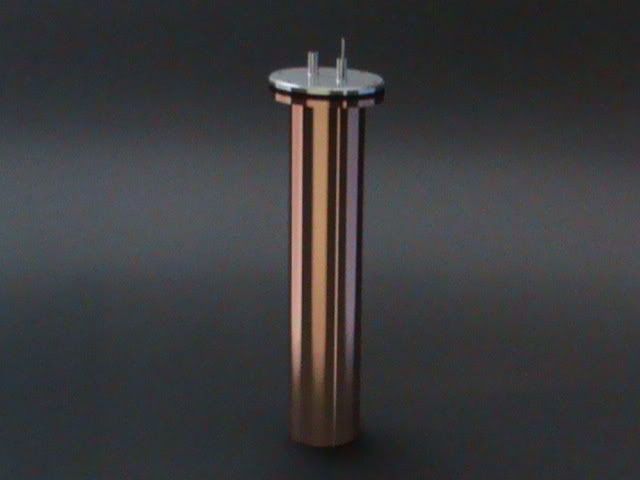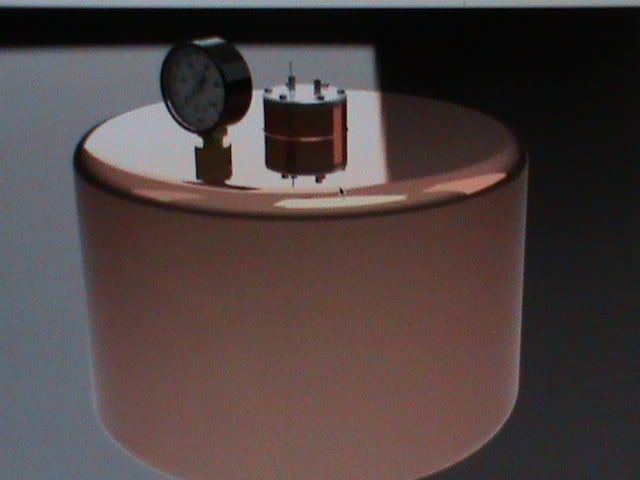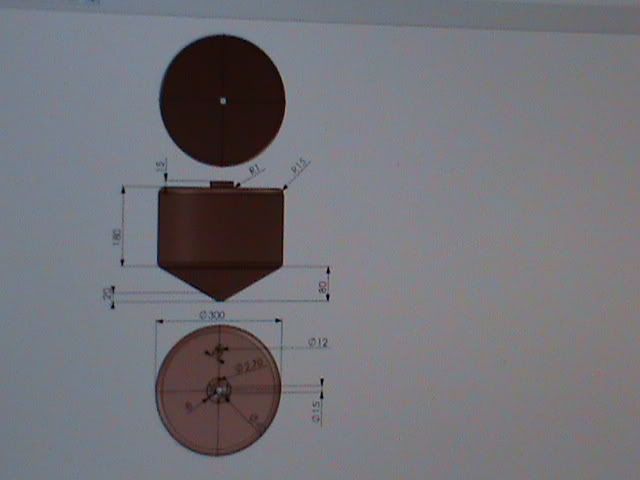Has anybody
Hi all
Is this circuit primarily designed to produce heat or can it be used to oscillate coils? Has anyone here tried this and if so does it then lose the efficiency (Cop 17)?
Where would you connect the coil on this circuit?
Regards
TP
Hi all
Is this circuit primarily designed to produce heat or can it be used to oscillate coils? Has anyone here tried this and if so does it then lose the efficiency (Cop 17)?
Where would you connect the coil on this circuit?
Regards
TP






 I think we'd all be interested. You must bear in mind that we've all struggled for this at the early stages. It will all add to the general 'pool' of knowledge.
I think we'd all be interested. You must bear in mind that we've all struggled for this at the early stages. It will all add to the general 'pool' of knowledge. 

Comment